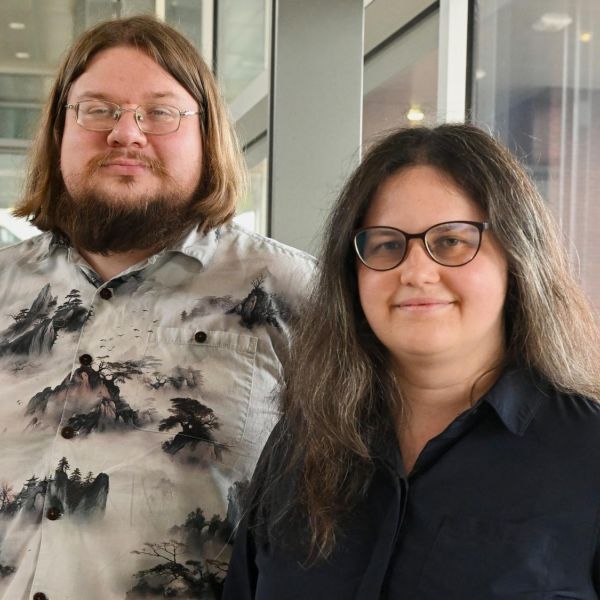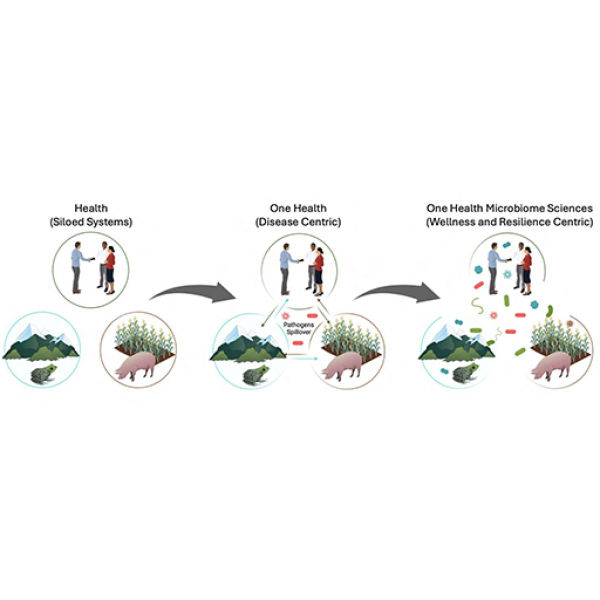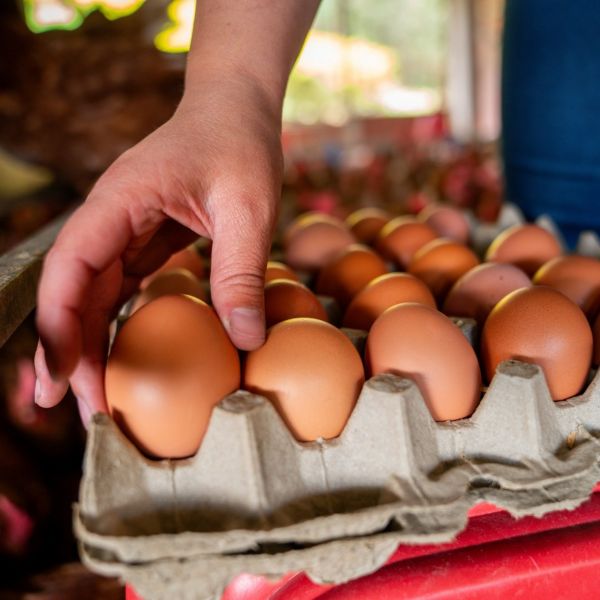News

Jun 13, 2025
Human microbiome pioneer to deliver World Microbiome Day lecture
The One Health Microbiome Center (OHMC) in the Huck Institutes of Life Sciences at Penn State will host Curtis Huttenhower, professor of computational biology and bioinformatics, for a special virtual lecture at 10 a.m. on June 27 in honor of World Microbiome Day.
Full Article

Jun 12, 2025
Understanding us: Researchers apply algorithm to decode complex genome sequences
Two assistant professors of computer science at Penn State helped develop a specialized algorithm to analyze and verify complex genome sequences.
Full Article

Jun 11, 2025
Q&A: Unifying the microbiome sciences for global health and sustainability
Recently, members of Penn State's One Health Microbiome Center published an article in the American Society for Microbiology’s flagship journal, mBio. In this Q&A, a few of the paper’s authors discussed how the center is leading the charge to breakdown traditional disciplinary silos and expand the One Health focus to include more than just pathogenic microbial threats.
Full Article

Jun 09, 2025
Two Penn State doctoral students selected for industry internship in Germany
The One Health Microbiome Center (OHMC) in the Huck Institutes of the Life Sciences at Penn State is sending two doctoral students to Hilden, Germany, for a seven-week industry internship at the headquarters of QIAGEN, a global leader in biotechnology for life sciences diagnostics, equipment and research.
Full Article

Jun 04, 2025
$2.9M grant funds study on long-term effects adolescent binge drinking
An interdisciplinary team of researchers at Penn State will use a new five-year, $2,900,000 grant to investigate the long-term effects of excess alcohol drinking during adolescence.
Full Article

Jun 02, 2025
Huck opens search for Associate Director for Graduate Education
The Huck Institutes of the Life Sciences is seeking an innovative Penn State faculty member with a strong background in interdisciplinary life sciences research and a passion for teaching and mentoring graduate students to join our Huck leadership team as an Associate Director for Graduate Education.
Full Article

May 29, 2025
Biology professor, Huck associate operations director to retire
After a decade of service to the Huck Institutes of the Life Sciences and a distinguished academic career spanning four decades, James Marden, professor of biology and associate director of operations, will retire from Penn State at the end of June.
Full Article

May 08, 2025
Biological physicist Réka Albert elected to National Academy of Sciences
Réka Albert, Evan Pugh University Professor and professor of physics and biology at Penn State, has been elected to the National Academy of Sciences.
Full Article

May 07, 2025
Common diabetes drug helps chickens lay more eggs
Metformin, a drug commonly prescribed to humans, could be a game-changer for farms and food production, researchers said.
Full Article

Apr 30, 2025
Celebrating James Marden: A Decade of Impact and a Lifetime of Achievement
After a decade of exceptional service to the Huck Institutes of the Life Sciences and a distinguished academic career spanning four decades, James Marden, professor of biology and associate director of operations, will retire from Penn State at the end of June 2025.
Full Article